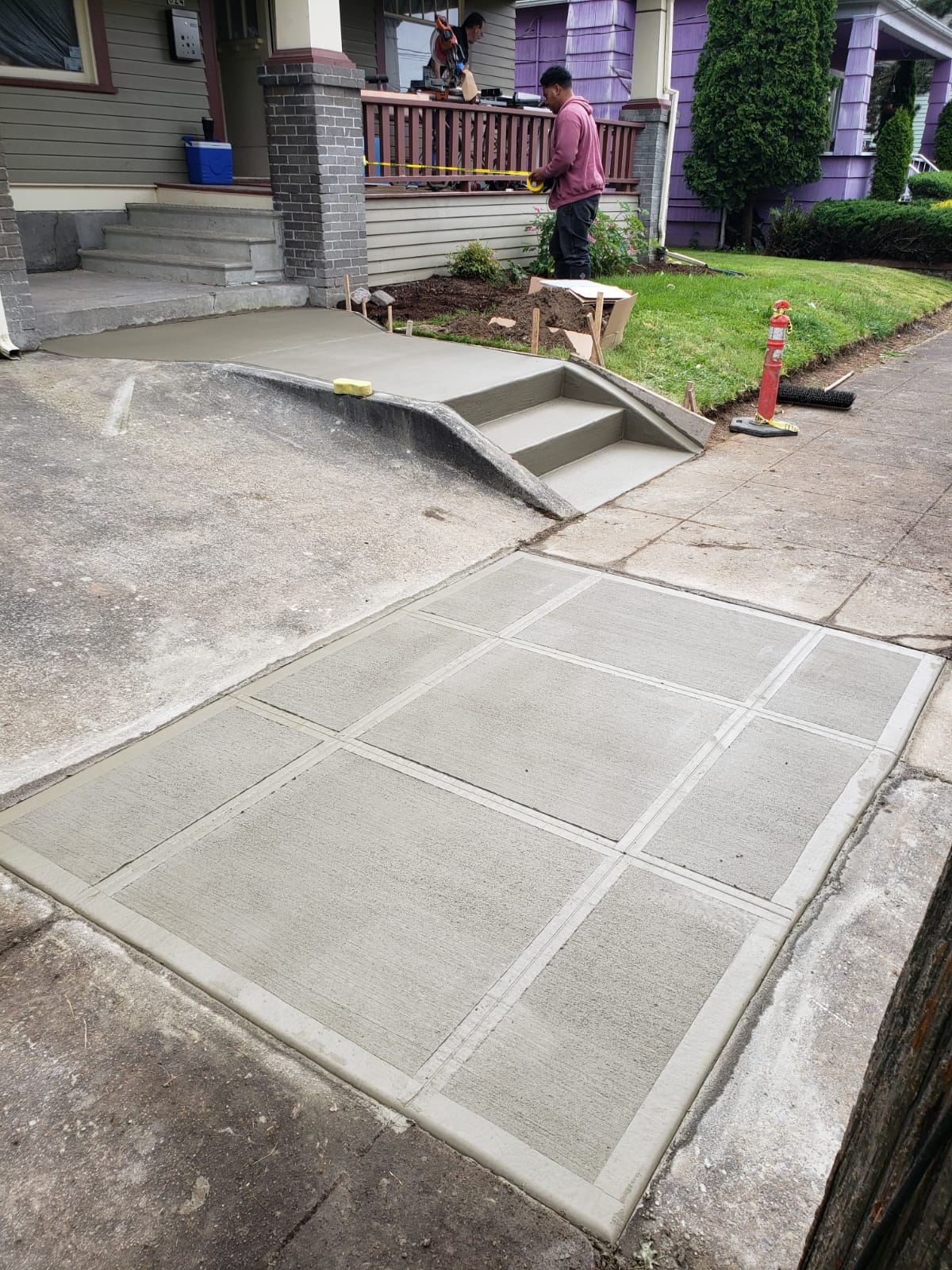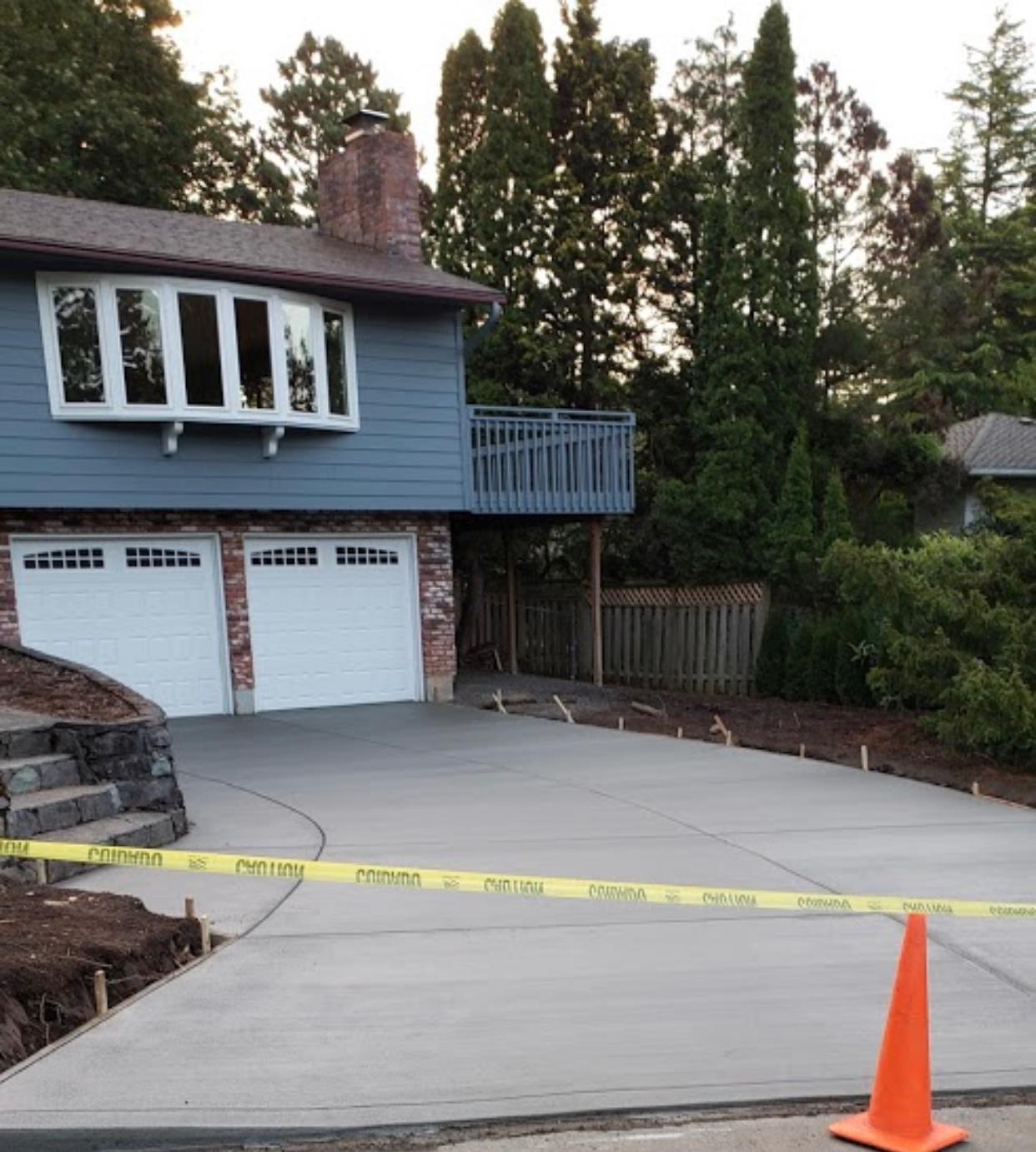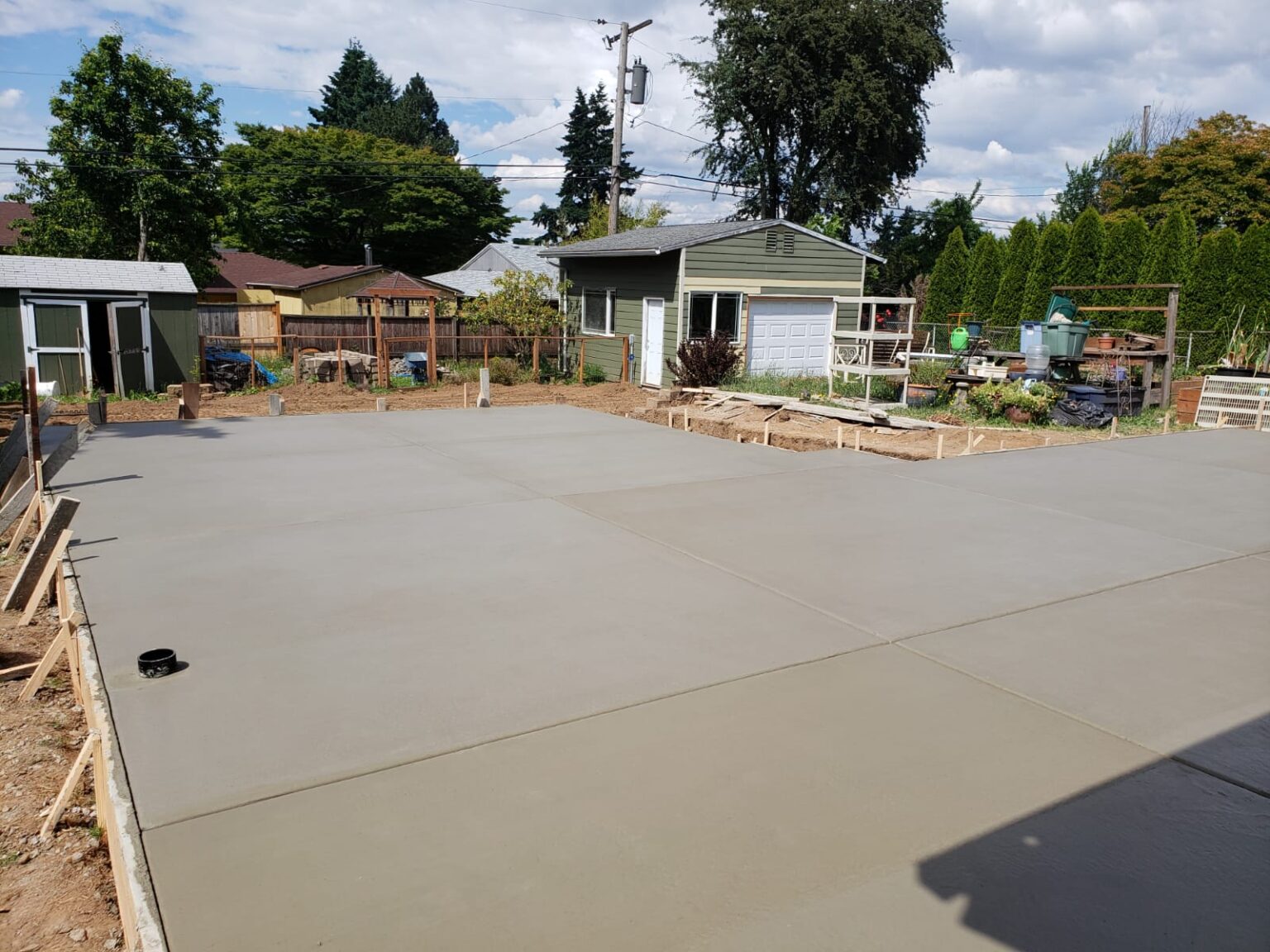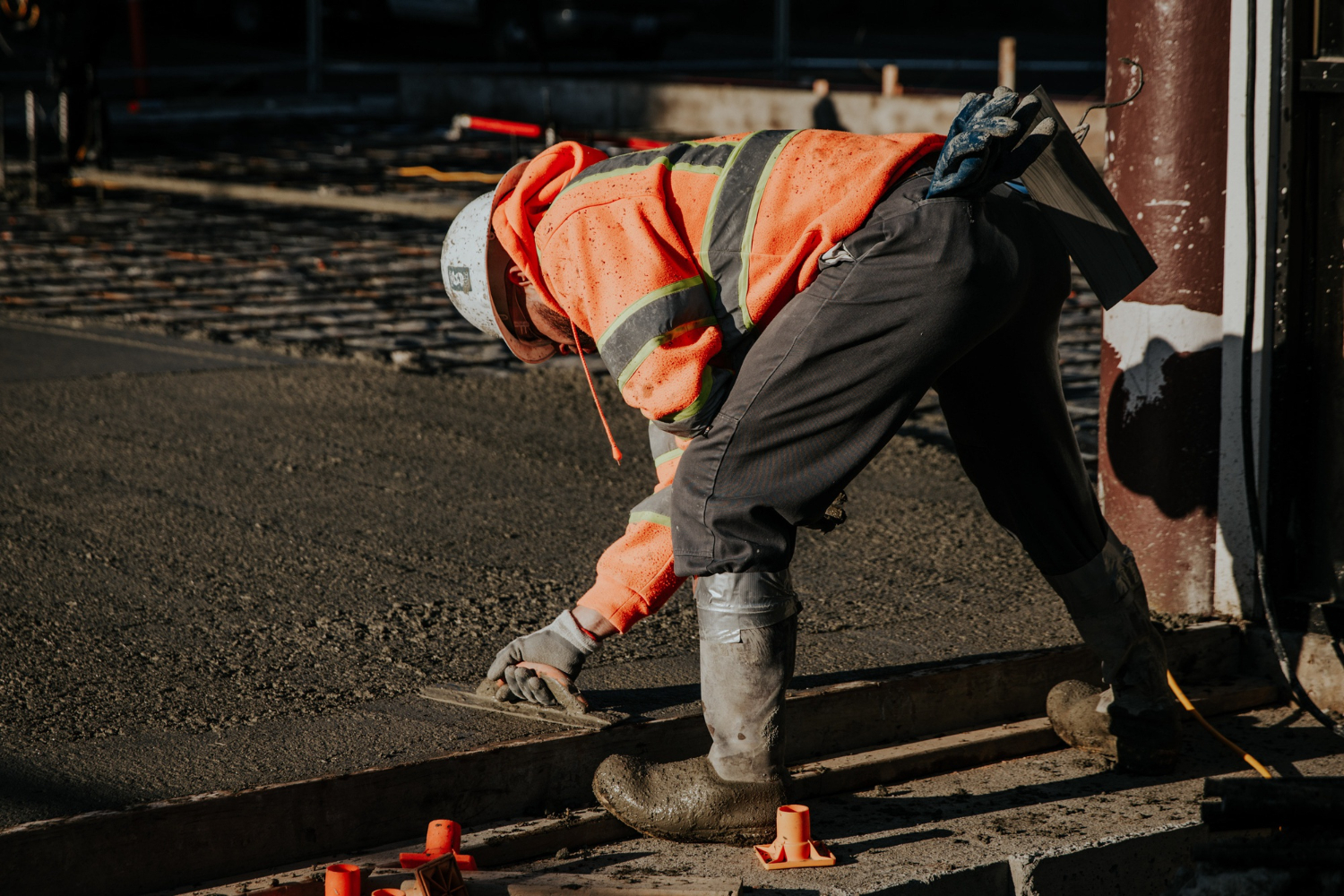Concrete may deteriorate over time due to issues that might arise over time, and as soon as it does, it starts giving the owner a lot of headaches. In this article, we’ll look at how concrete sidewalks deteriorate over time, discuss the damage that may be done, and speak about the consequences of leaving broken concrete unrepaired. Also, we’ll go over some types of damage that can be done.
As a property owner, you need to grasp better the many stressors that your concrete endures being a more educated person.
Why do cracks appear on the sidewalk?
Why do sidewalks fracture in the first place in residential properties? There are several potential causes for the cracks in the sidewalk that you may have seen. But these are some typical causes of sidewalk cracks in residential areas.
Soil Erosion
The most obvious explanation for broken sidewalks is the natural process of soil erosion. It is more likely to occur if there has been a lot of rain or floods recently if this weather is not typical for your region.
Concrete Getting Settled In
Concrete tends to settle with time, and this is something that you should get used to. Concrete will settle to the spot where it is currently resting.
Lack of enough preparation
Before pouring the concrete slab, the first construction team may have prepped the region. This scenario occurs less often than the other possibilities, but it is still possible.
It happens most of the time because the construction team did not tamp the dirt down enough before pouring the concrete. It may lead to significant problems with the soil below the concrete.
How can I fix the cracks in the concrete sidewalk?
A few simple steps must be taken to repair typical cracks in concrete structures such as sidewalks and the other buildings.
When repairing a fracture in concrete, using a flexible sealer that can stretch with the movement of the concrete is the single most critical thing you can do to ensure that repair does not come undone.
Please proceed in the following manner:
- Create a cut at an angle facing in the other direction by chiselling out the crack. It creates a larger surface area for the repair, which will assist it in adhering to the main body of concrete more. Forming a “V” in reverse is necessary to prevent the repair from being undone.
- Remove any debris that may have been lodged in the fissure. For example, if there is any loose gravel or any debris in the crack, filler material will not be able to bind, and repair will not be successful.
- Spread a skinny coating of the bonding glue all over the surface. This procedure is sometimes skipped, even though it must be done to guarantee that sealer or filler will cling to the existing concrete structure.
- Combine the patching compound with the reinforcing material, and then trowel it into crack. You can use a caulk tube, a bottle, or pre-mixed combination from a bucket when repairing. The method you use will depend on the size of the patch.
Final Words
If you already have broken concrete, the time to get someone out to fix it is immediate, before the damage gets any worse or someone is hurt. In that case, you will need a team of concrete experts who will take all the steps required to ensure a quality, long-lasting installation.
Read More: 5 important things to consider before hiring a concrete contractor




